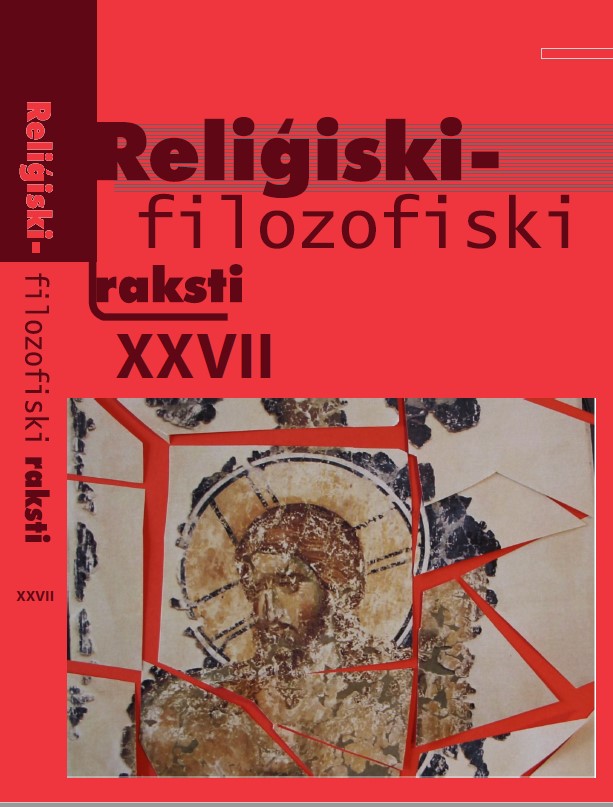Tibetiešu lūgšanu rata mani chos ‘khor (ma-ni ‘khor-lo) iespējamās semantiskās saknes
Tibetan Prayer Wheel Mani Chos ‘Khor (Ma-ni ‘Khor-lo): Possible Semantic Roots
Author(s): Elizabete TaivāneSubject(s): Anthropology, Semantics, Philosophy of Religion, Phenomenology, Sociology of Religion
Published by: Latvijas Universitātes Filozofijas un socioloģijas institūts
Keywords: anthropology of religion; Tibetan Prayer Wheel; Tibetan religious artefacts;
Summary/Abstract: In the context of postmodern anthropology of religion, the studies dedicated to the human body and material culture are rather popular. Their purpose is to show how beliefs, religious practice and religious experience derive from the material dimension of human existence. Although thematically the present paper analysing the semantic roots of Tibetan prayer wheel mani chos ‘khor (ma-ni ‘khor-lo) should be attributed to the anthropology of religion, it is however implemented in the field of the phenomenology of religion. The task of the present research is to make use of the phenomenological structural analysis in order to look for more extensive historically, culturally and psychologically determined structures of human experience. The symbolism of the prayer wheel is linked to the Buddhist and Shamanistic cosmology, devotional religious practices as well as to the solar and other specifics of beliefs in Central Asia.
Journal: Religiski-filozofiski raksti
- Issue Year: XXVII/2019
- Issue No: 3
- Page Range: 181-203
- Page Count: 23
- Language: Latvian

